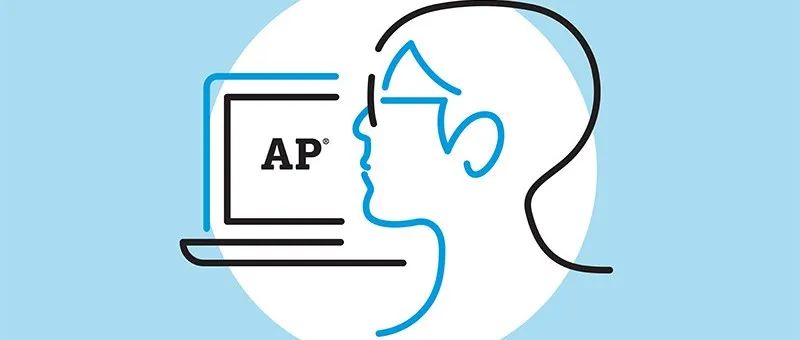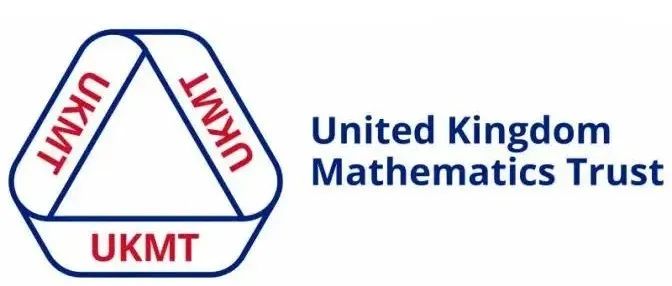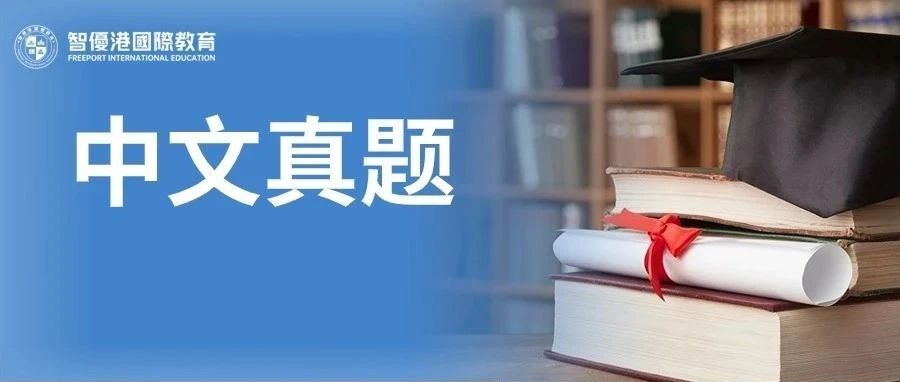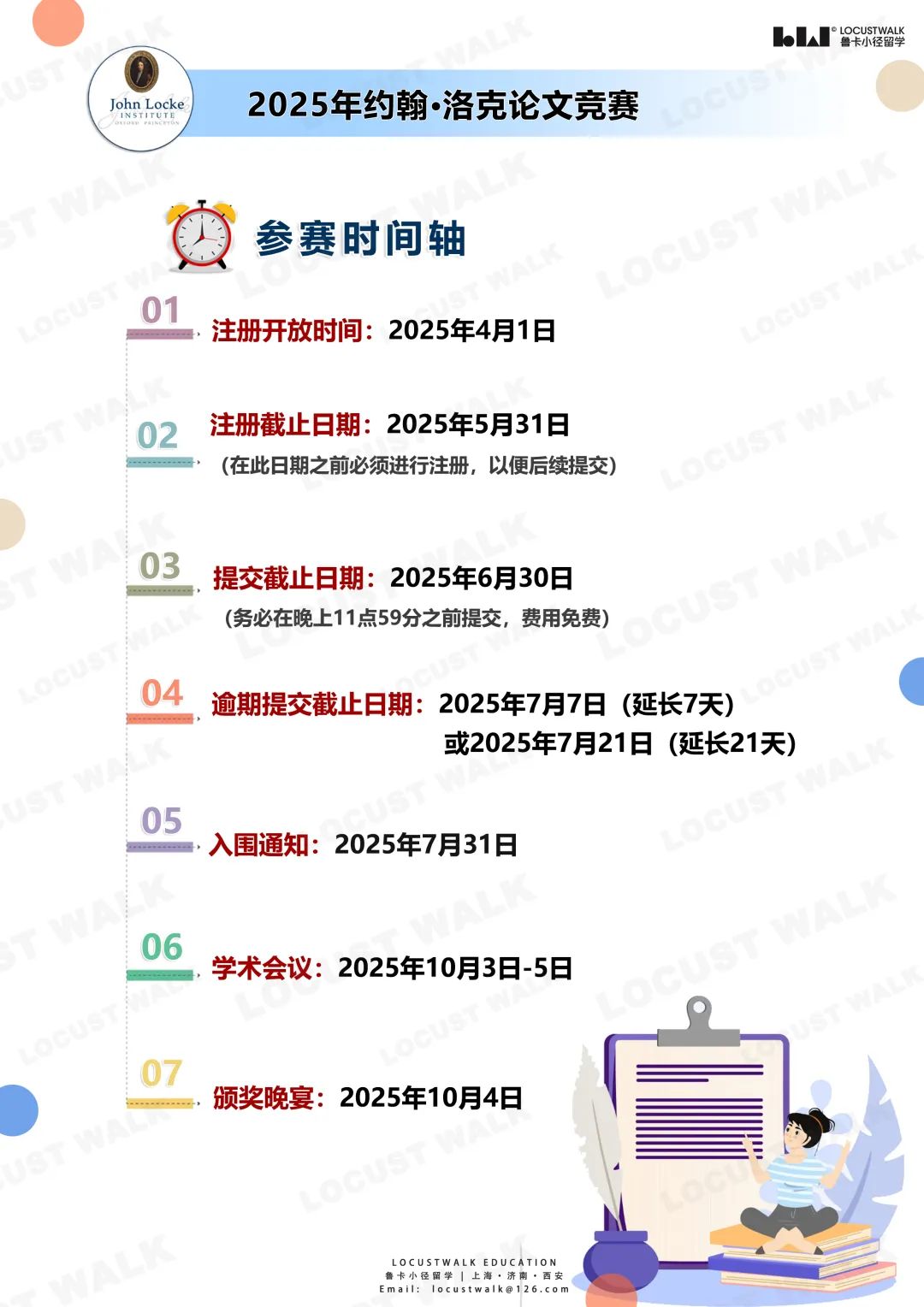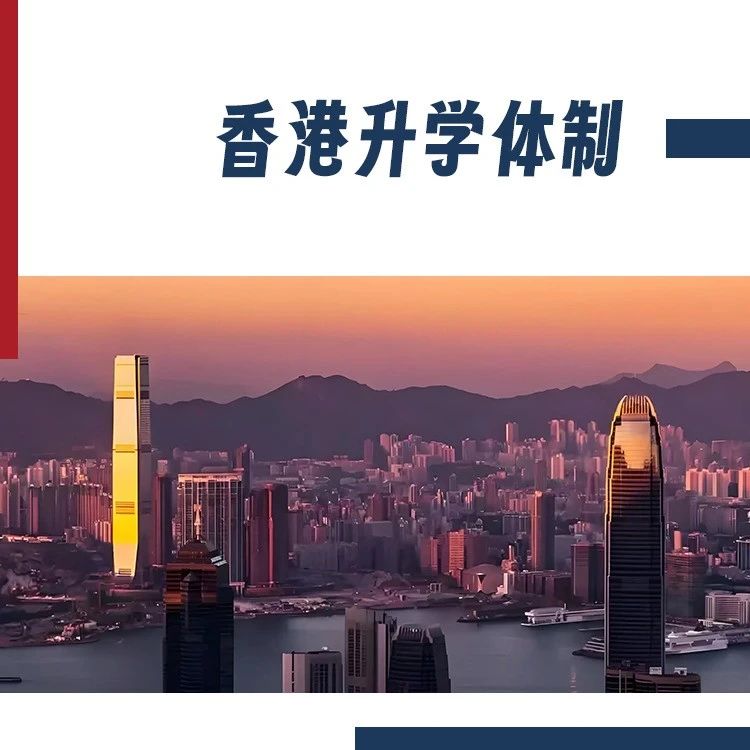上次我们转载了The Atlantic “大西洋月刊”杂志5月期上的一篇argumentative essay,今天我们就一起来解析一下这篇文章,用我们中级课上讲授的批判性阅读方法来审阅它的结构框架,论证过程,以及哪些地方还可以进一步改善。
Plastic Recycling Doesn’t Work and Will Never Work
(标题直接表明了作者观点和态度)
By Judith Enck and Jan Dell
About the authors: Judith Enck is a former EPA regional administrator, the president of Beyond Plastics, and a visiting professor at Bennington College. Jan Dell is a chemical engineer and the founder of the Last Beach Cleanup.
Americans support recycling. We do too. (文章开头直接说明环保问题社会现况,然后立马开始建立common ground,为什么这样写?我们要看看文章针对的audience是怎样的?明显大多数读者对文章观点是持怀疑态度的,也就是说是持反方观点的,所以迅速建立common ground,有利于展开下面的逻辑论证)
But although some materials can be effectively recycled and safely made from recycled content, plastics cannot. Plastic recycling does not work and will never work.(文章标题沿用到此处,也就是本文的thesis。但是根据我们课上所讲的thesis撰写方法,这里的thesis显得过于简单,只表明了观点,但并没有把下文中的几个理由原因归纳在thesis里。同学们不妨思考一下,根据下面的全文内容,返回来如何改进这个thesis?)The United States in 2021 had a dismal recycling rate of about 5 percent for post-consumer plastic waste, down from a high of 9.5 percent in 2014, when the U.S. exported millions of tons of plastic waste to China and counted it as recycled—even though much of it wasn’t.
Recycling in general can be an effective way to reclaim natural material resources. The U.S.’s high recycling rate of paper, 68 percent, proves this point. The problem with recycling plastic lies not with the concept or process but with the material itself. (本段实际上是在延续上段的末尾部分——继续阐述美国各种废品材料回收的现状。我们在课上说过,对于文章议题的现状简介,这往往就是argumentative essay的hook。当现状较为复杂的时候,可以在第二段继续阐述。这里因为是杂志文章,段落要求短小精悍,所以第二段继续第一段的内容)
The first problem is that there are thousands of different plastics, each with its own composition and characteristics. They all include different chemical additives and colorants that cannot be recycled together, making it impossible to sort the trillions of pieces of plastics into separate types for processing. For example, polyethylene terephthalate (PET#1) bottles cannot be recycled with PET#1 clamshells, which are a different PET#1 material, and green PET#1 bottles cannot be recycled with clear PET#1 bottles (which is why South Korea has outlawed colored PET#1 bottles.) High-density polyethylene (HDPE#2), polyvinyl chloride (PVC#3), low-density polyethylene (LDPE#4), polypropylene (PP#5), and polystyrene (PS#6) all must be separated for recycling. (在organize pattern上,本段采用了典型的classification 方式)
Just one fast-food meal can involve many different types of single-use plastic, including PET#1, HDPE#2, LDPE#4, PP#5, and PS#6 cups, lids, clamshells, trays, bags, and cutlery, which cannot be recycled together. This is one of several reasons why plastic fast-food service items cannot be legitimately claimed as recyclable in the U.S. (上段是采用了facts的evidence种类,本段则是采用了example的evidence种类。在后面还采用了expert opinion的evidence种类。如我们在课上所讲,各种evidence要混合使用,才有说服力)
Another problem is that the reprocessing of plastic waste—when possible at all—is wasteful. Plastic is flammable, and the risk of fires at plastic-recycling facilities affects neighboring communities—many of which are located in low-income communities or communities of color.
Unlike metal and glass, plastics are not inert. Plastic products can include toxic additives and absorb chemicals, and are generally collected in curbside bins filled with possibly dangerous materials such as plastic pesticide containers. According to a report published by the Canadian government, toxicity risks in recycled plastic prohibit “the vast majority of plastic products and packaging produced” from being recycled into food-grade packaging. (引用政府文献作为expert opinion evidence)
Yet another problem is that plastic recycling is simply not economical. Recycled plastic costs more than new plastic because collecting, sorting, transporting, and reprocessing plastic waste is exorbitantly expensive. The petrochemical industry is rapidly expanding, which will further lower the cost of new plastic.
Despite this stark failure, the plastics industry has waged a decades-long campaign to perpetuate the myth that the material is recyclable. This campaign is reminiscent of the tobacco industry’s efforts to convince smokers that filtered cigarettes are healthier than unfiltered cigarettes. (从本段开始陈述opposing views,并进行反驳。我们在课上说过,客观陈述opposing views并予以合理反驳,是argumentative essay必不可少的一部分,是建立作者ethical appeal的重要手段)
Conventional mechanical recycling, in which plastic waste is ground up and melted, has been around for many decades. Now the plastics industry is touting the benefits of so-called chemical recycling— in which plastic waste is broken down using high heat or more chemicals and turned into a low-quality fossil fuel.
In 2018, Dow Chemical claimed that the Renewlogy chemical-recycling plant in Salt Lake City was able to reprocess mixed plastic waste from Boise, Idaho, households through the “Hefty Energy Bag” program and turn it into diesel fuel. As Reuters exposed in a 2021 investigation, however, all the different types of plastic waste contaminated the pyrolysis process. Today, Boise burns its mixed plastic waste in cement kilns, resulting in climate-warming carbon emissions. This well-documented Renewlogy failure has not stopped the plastics industry from continuing to claim that chemical recycling works for “mixed plastics.”(这段举了一个反方实例,并用正方实例进行反驳,这是我们课上讲过的反驳反方实例的一个方法。此外,注意本段里无论是陈述反方实例还是反驳,都引用了相关resource)
Chemical recycling is not viable. It has failed and will continue to fail for the same down-to-earth, real-world reasons that the conventional mechanical recycling of plastics has consistently failed. Worse yet, its toxic emissions could cause new harm to our environment, climate, and health.
We’re not making a case for despair. Just the opposite. We need the facts so that individuals and policy makers can take concrete action. (Emotional appeal。大家思考一下,此处的emotional appeal是否合理fair?)Proven solutions to the U.S.’s plastic-waste and pollution problems exist and can be quickly replicated across the country. These solutions include enacting bans on single-use plastic bags and unrecyclable single-use plastic food-service products, ensuring widespread access to water-refilling stations, installing dishwashing equipment in schools to allow students to eat food on real dishes rather than single-use plastics, and switching Meals on Wheels and other meal-delivery programs from disposables to reusable dishware. (此处举出的各种有效环保途径,可以看为对前面反方实例的进一步反驳,用正方实例进行反驳。)
If the plastics industry is following the tobacco industry’s playbook, it may never admit to the failure of plastics recycling. Although we may not be able to stop them from trying to fool us(此处的用词“fool”,以及语气tone,是否合适?我们课上说过,写学术文章时应尽量避免使用带感情色彩的词汇和语气tone,以避免给读者留下偏颇不公的印象,损害作者的ethical appeal), we can pass effective laws to make real progress. Single-use-plastic bans reduce waste, save taxpayer money spent on disposal and cleanup, and reduce plastic pollution in the environment. (上一段中举出了各种取消一次性用品的举措,这里也试图指出禁止一次性用品有很多好处。但事实真是这样吗?彻底禁止一次性用品真的那么容易而没有任何负面影响吗?是否会产生新的问题?譬如,可重复使用的餐具如何有效清洁?是否会产生费用和卫生挑战?以及额外使用的大量清洁剂对环境是否会产生新的污染?问题似乎没有作者所说的那么简单。同学们在进行批判性阅读的时候,这里就可以提出一个大问号,然后再重复阅读,看看文中是否有给出答案。如果没有,那么自己就需要从别处查找资料,给出一个答案。这个答案,就是你自己对原文观点的一个评断judgment。如果要你对本文写一个书评,这个答案就可以是书评的thesis。这就是批判性阅读,与批判性写作的关系)
Consumers can put pressure on companies to stop filling store shelves with single-use plastics by not buying them and instead choosing reusables and products in better packaging. And we should all keep recycling our paper, boxes, cans, and glass, because that actually works. (本段和上一段,都可以看为在thesis基础上的适度延申,提出各种措施,呼吁大家付诸行动。但如上所说,这些举措的实际可行性,是值得同学们读后思考斟酌的)





